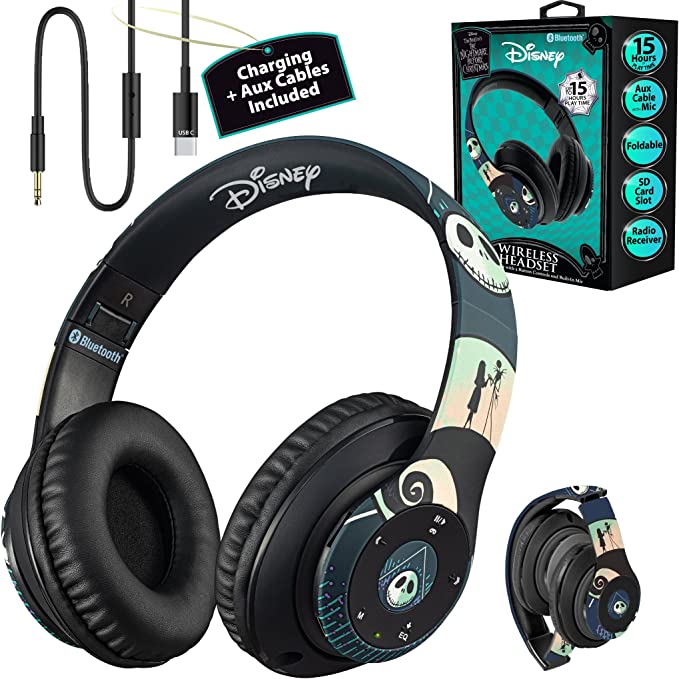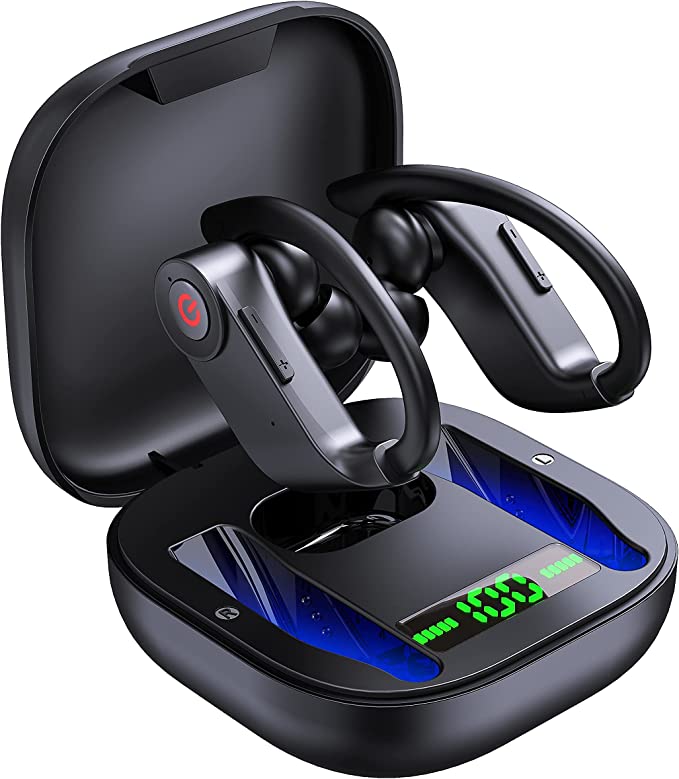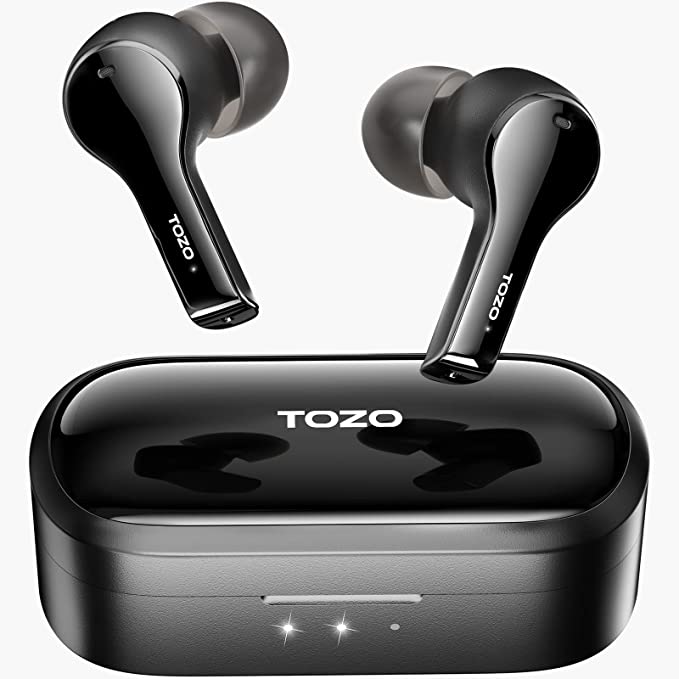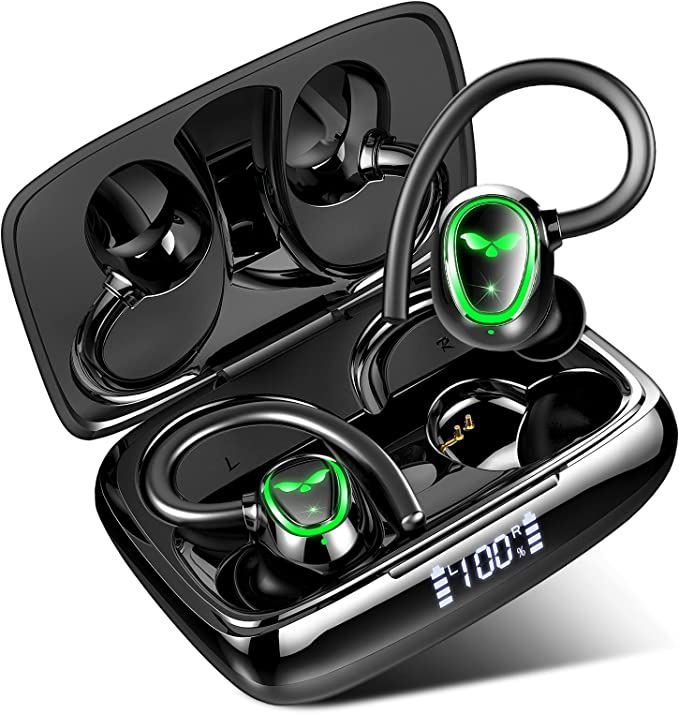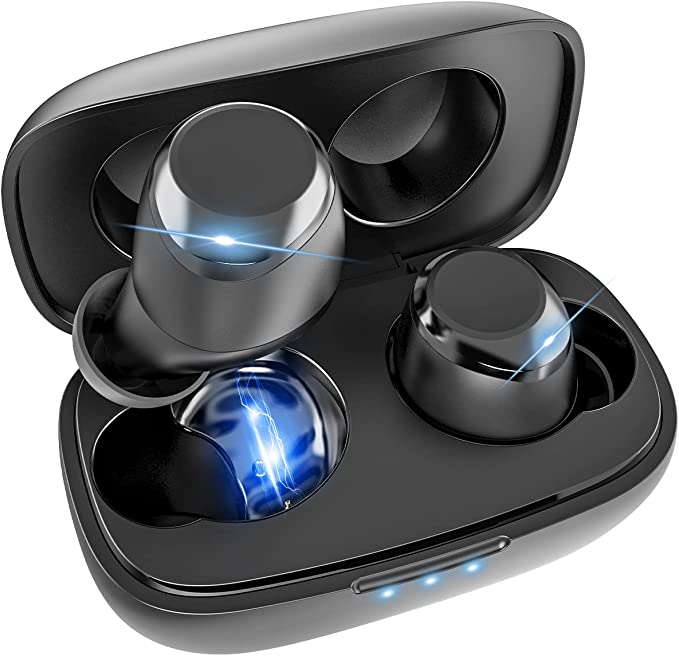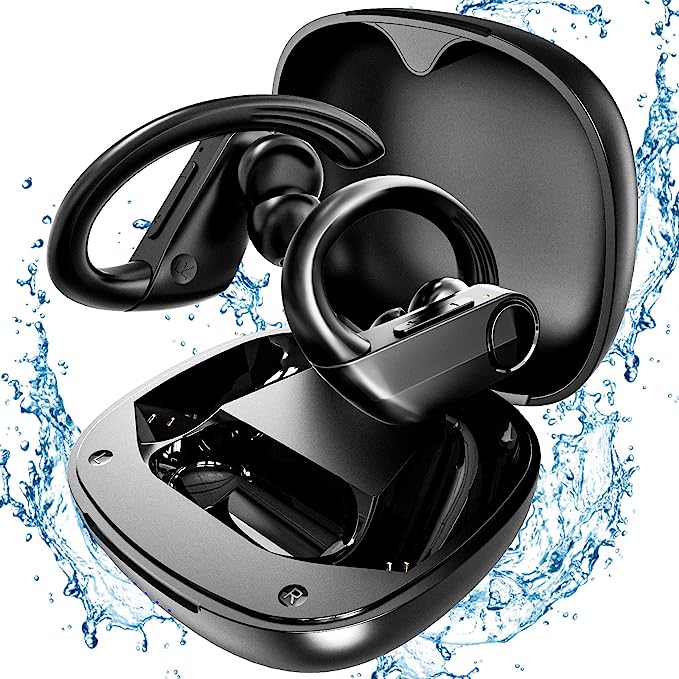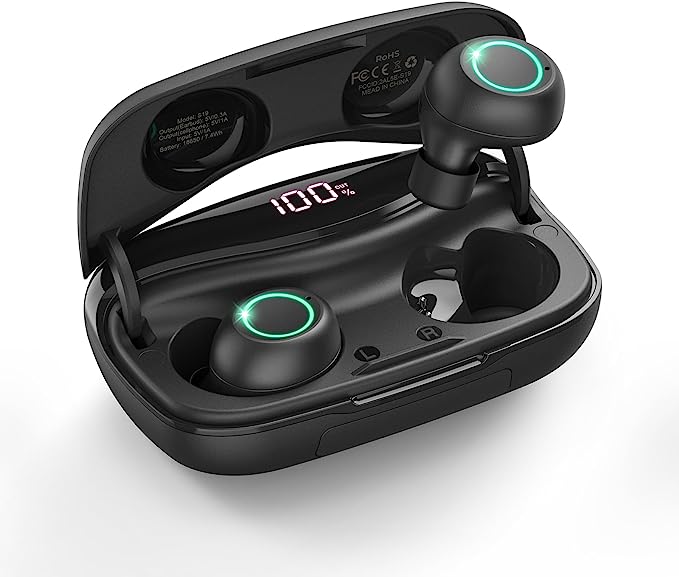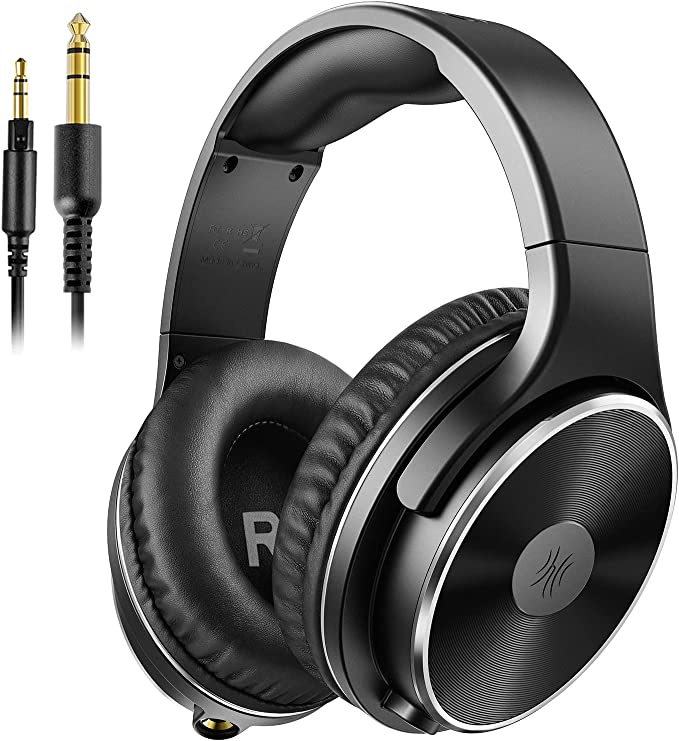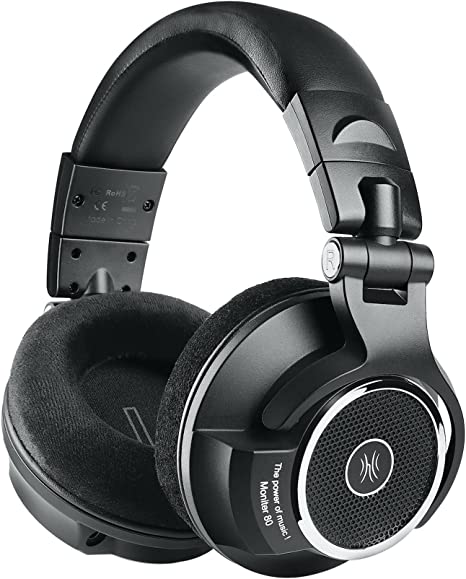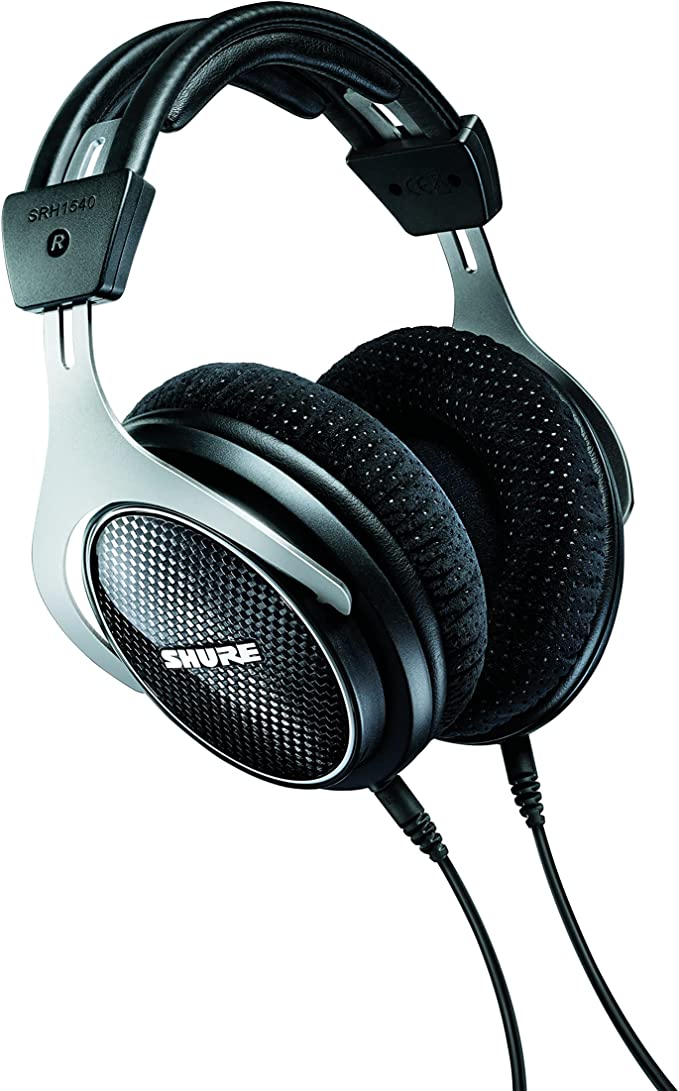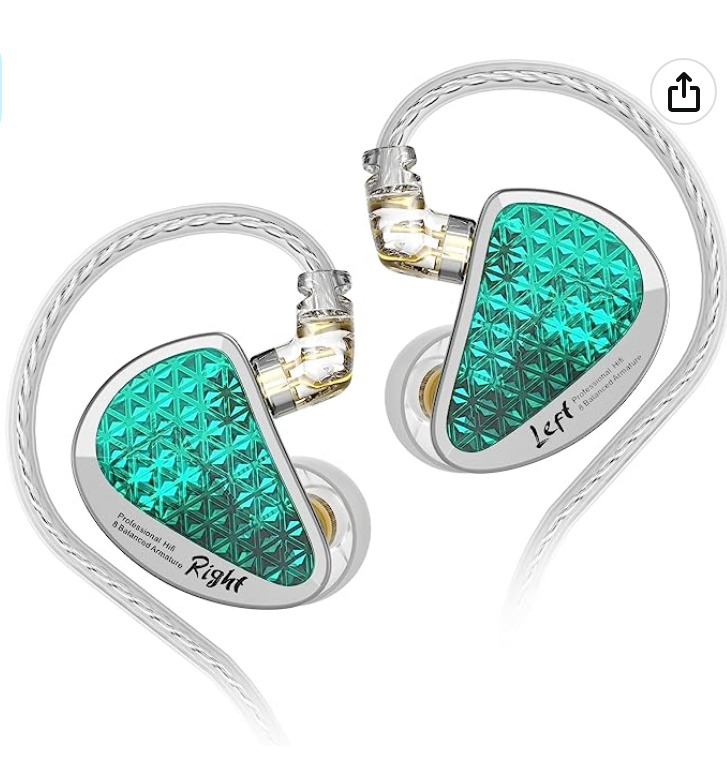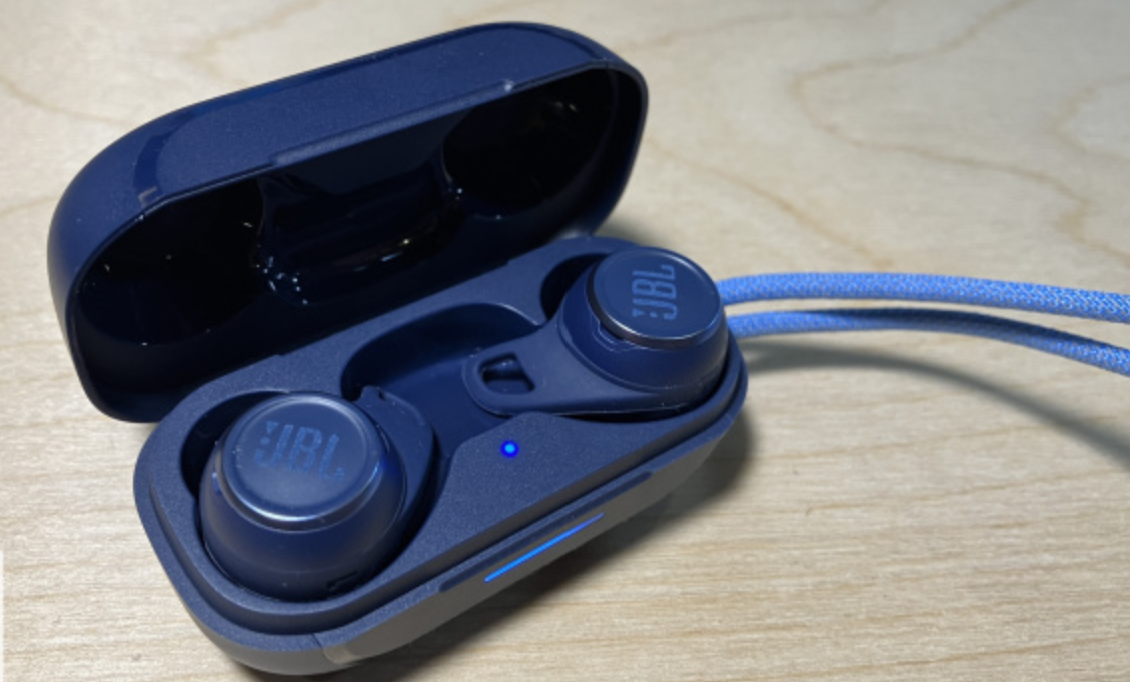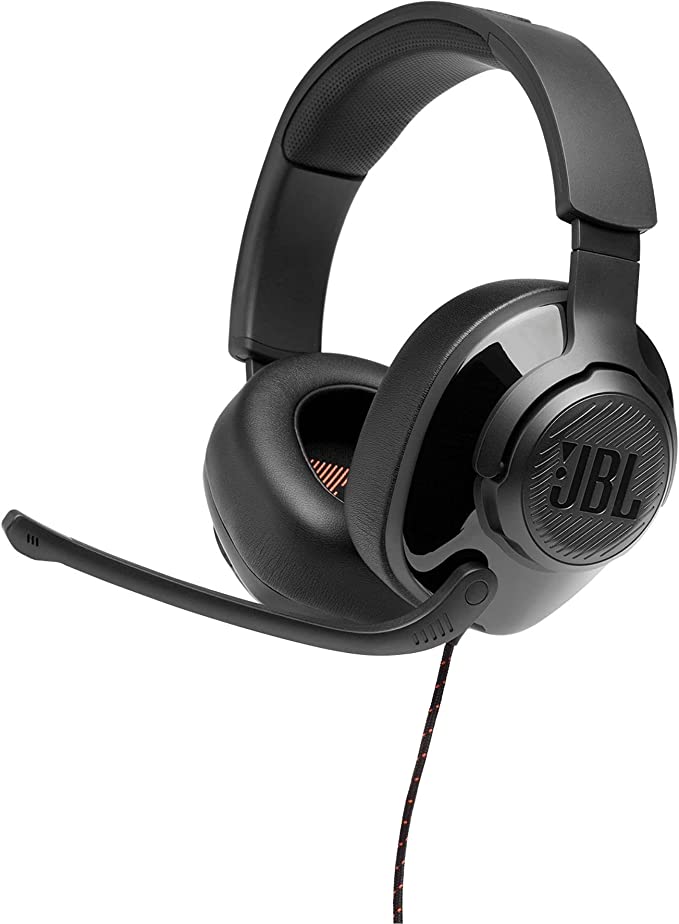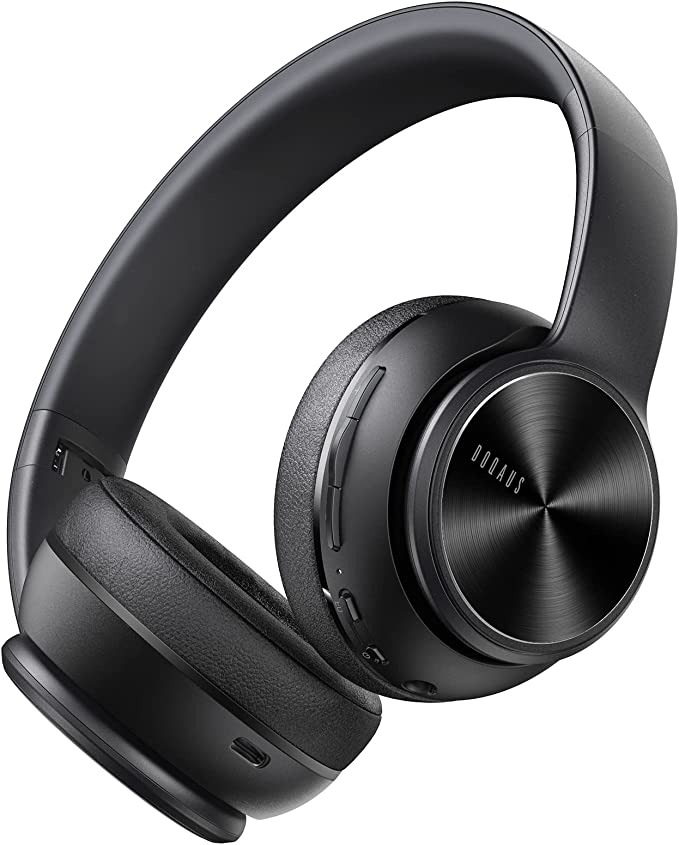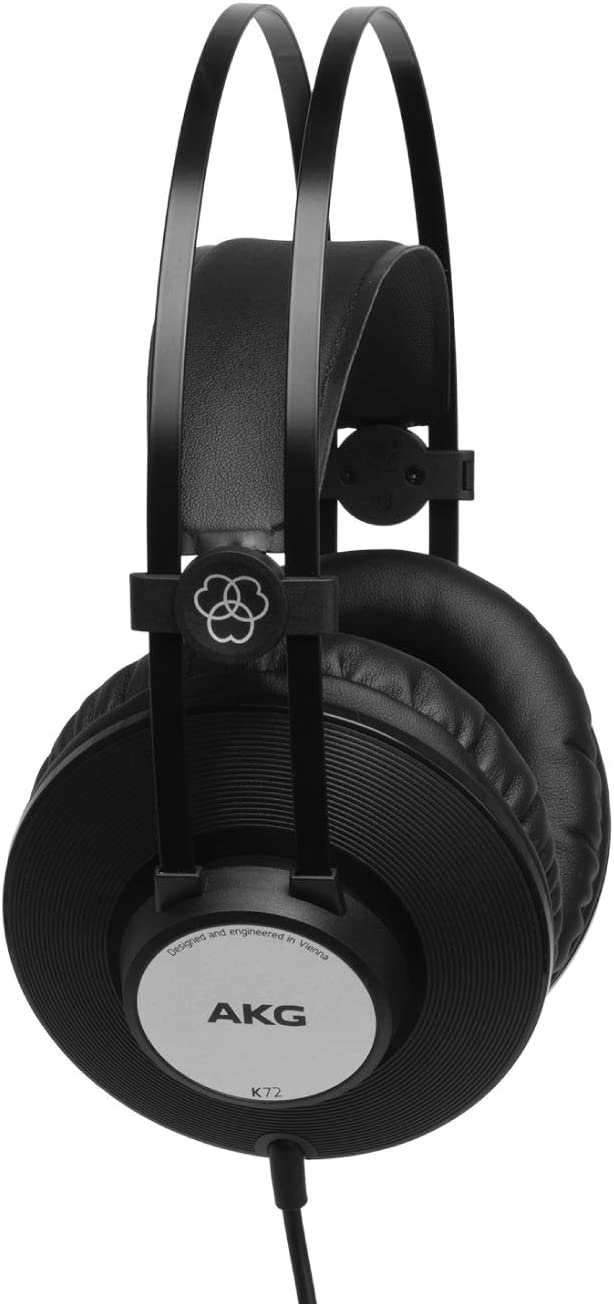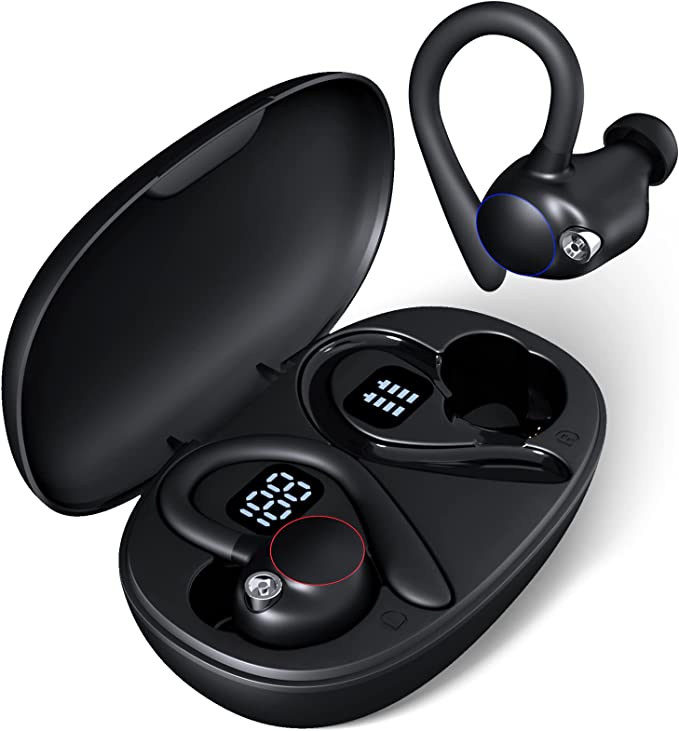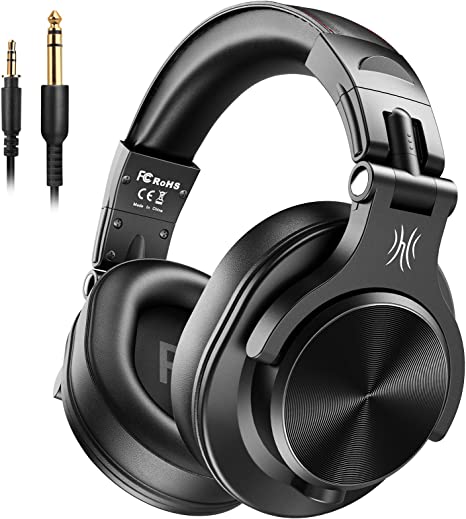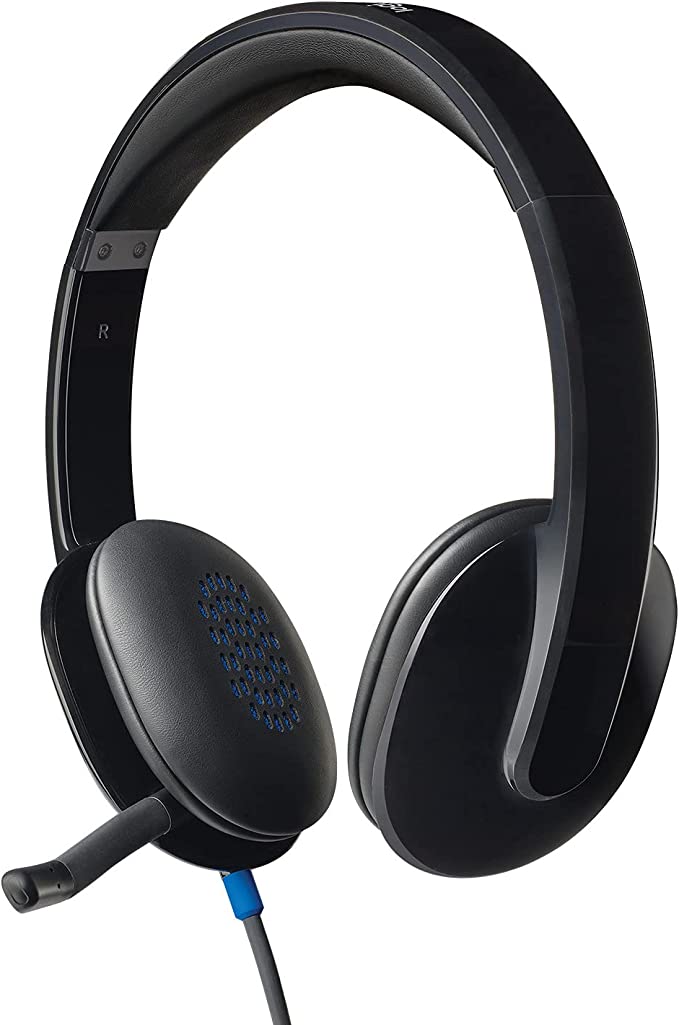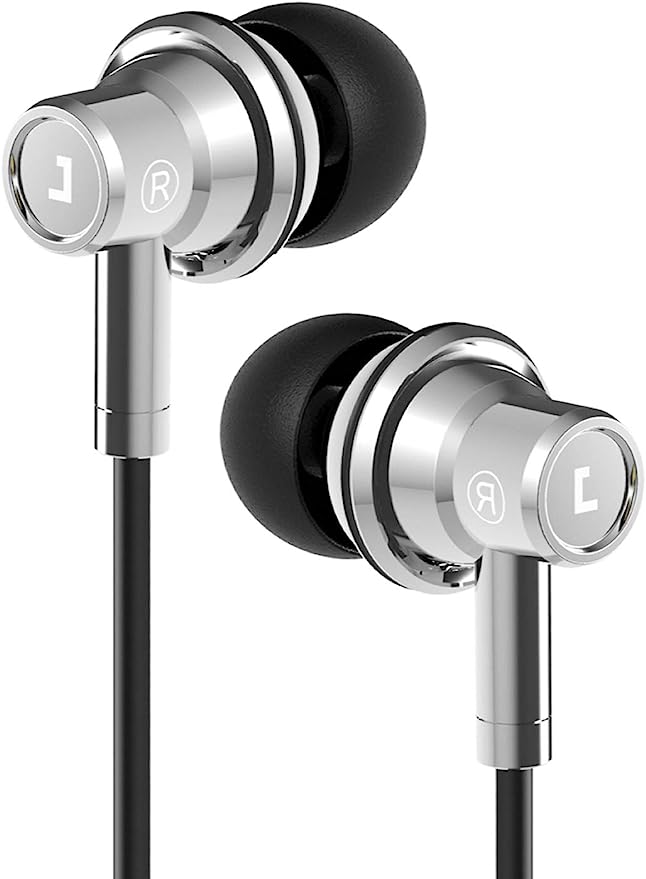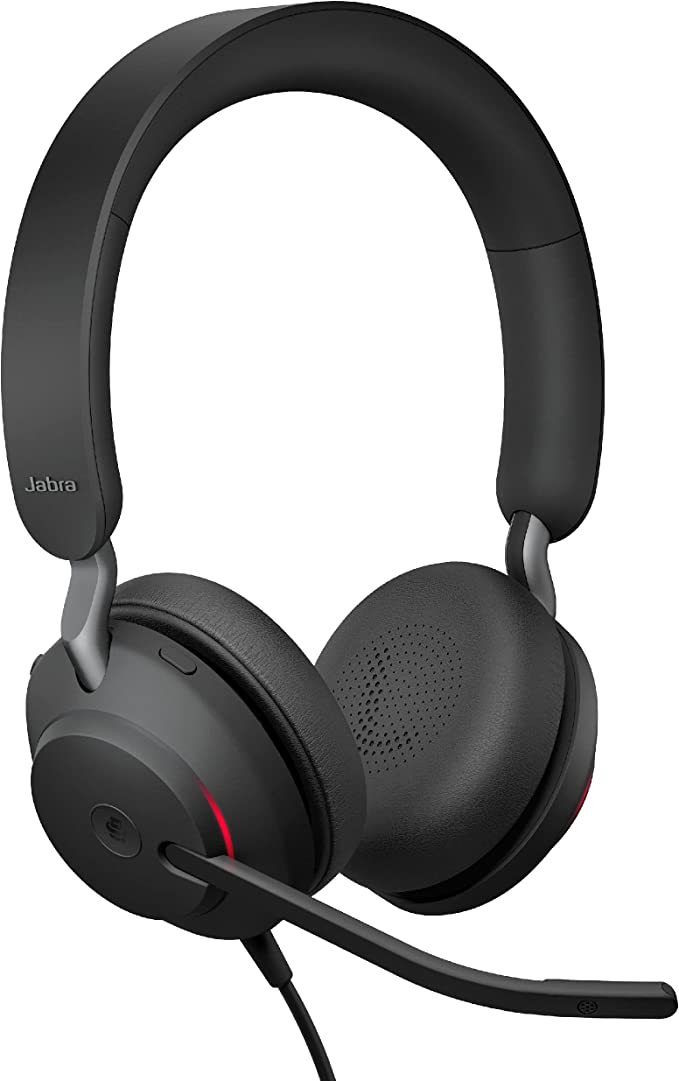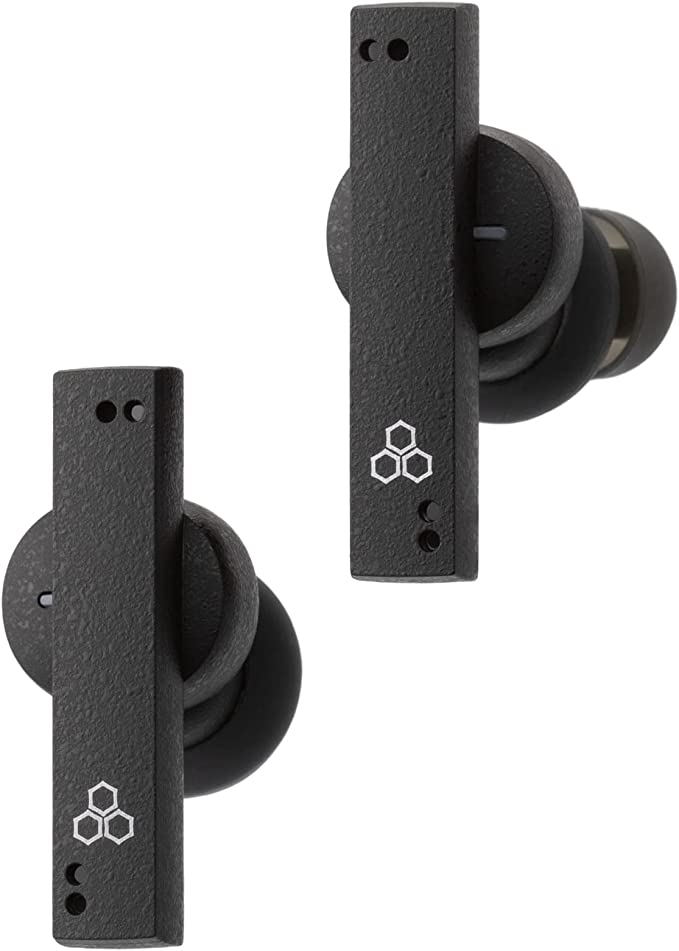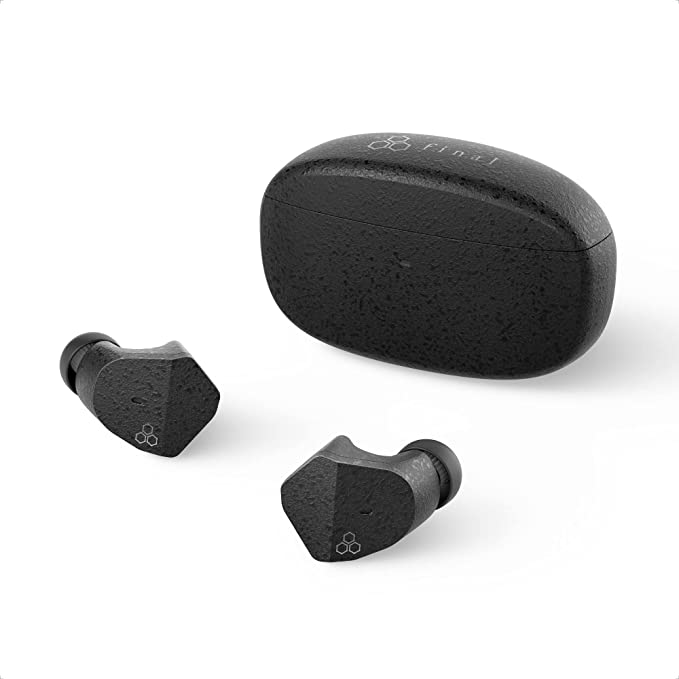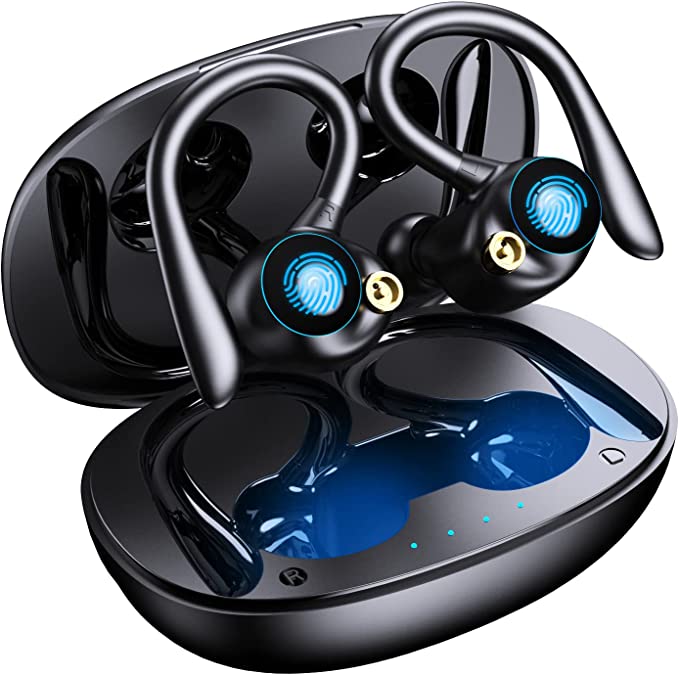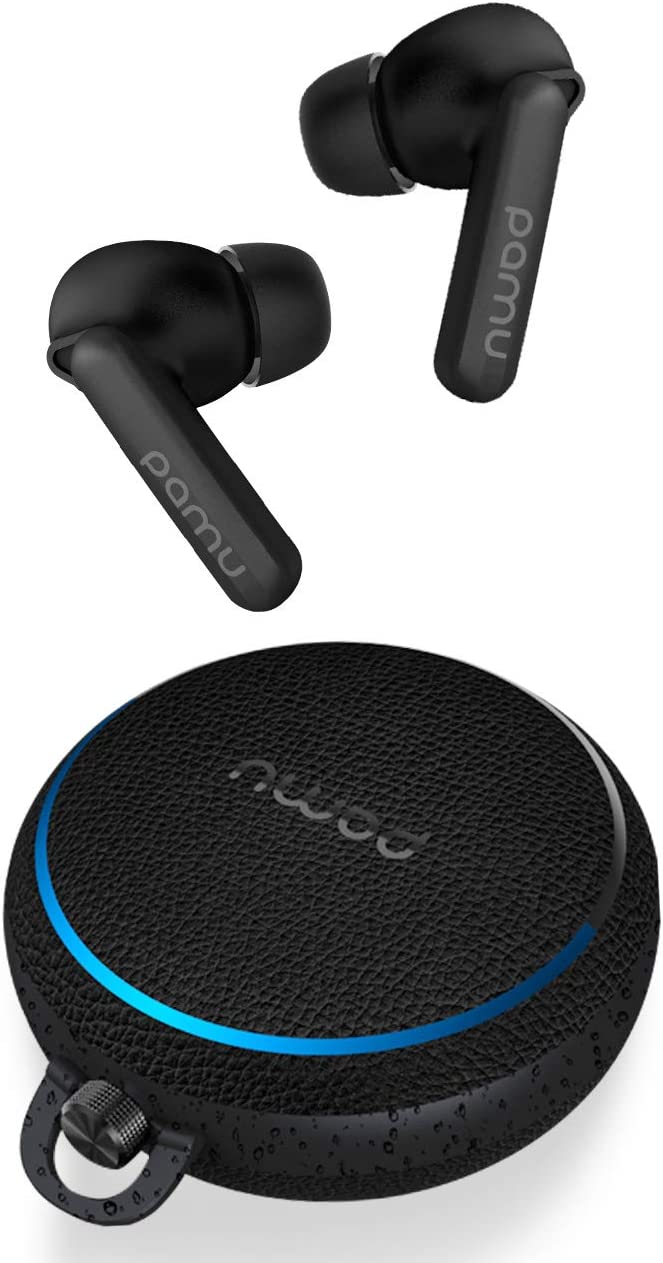Senso ActivBuds S-250 Wireless Headphones: A Punchy and Durable Bluetooth Headphone for Workouts
Update on June 28, 2025, 7:52 a.m.
You’ve seen them. Maybe you own a pair. In the vast, noisy world of wireless audio, where flagship earbuds command prices north of $200, products like the Senso ActivBuds S-250 exist as a curious anomaly. For less than the price of a couple of movie tickets, they promise sweatproof durability, hours of music, and high-definition sound. It begs the question: is it a scam, or is there some clever science at play?
As an engineer who spends his days in the world of audio and consumer electronics, I see products like this not as cheap gadgets, but as fascinating case studies in the art of engineering trade-offs. They aren’t built with magic; they’re built with a deep understanding of what matters most when the rubber meets the road—or, more accurately, when the sweat meets the circuit board. So, let’s put on our proverbial lab coats, grab a metaphorical scalpel, and perform an autopsy to see what truly makes these headphones tick.

The Armor: More Than Just Water, It’s War on Sweat
The first thing an athlete demands is survival. A workout headphone’s greatest nemesis isn’t being dropped; it’s the slow, insidious attack of sweat. The ActivBuds S-250 boasts an IPX7 waterproof rating, a specification that’s far more significant than it sounds.
Let’s break down that code. Governed by the International Electrotechnical Commission (IEC) standard 60529, “IP” stands for Ingress Protection. The “X” means it hasn’t been rated for dust, but the “7” is the star of the show. It certifies that the device can be fully submerged in one meter of water for 30 minutes.
But here’s the critical part: sweat is not pure water. It’s a salty, acidic cocktail that is relentlessly corrosive to electronics. An IPX7 rating signifies a robust physical defense system. Think of the headphone’s shell as a castle wall, with tight seams and rubber gaskets acting as impenetrable fortifications. This design isn’t just about keeping water out; it’s about creating a hermetic seal against a chemical assault.
However, every castle has a weak point: the gate. For waterproof electronics, this is almost always the charging port. User reports of port failures on similar devices often stem from this vulnerability. Even with an IPX7 rating, that tiny rubber flap covering the Micro USB port is the final guardian. If it’s not sealed properly, the fortress is breached. It’s a stark reminder that even great design requires mindful use.

The Unseen Highway: A Lesson in “Good Enough” Connectivity
Next, we cut the cord. The freedom of wireless audio is powered by Bluetooth, and the S-250 uses Bluetooth 4.1, powered by a CSR chipset. In an era of Bluetooth 5.3, this might seem ancient. But this is a perfect example of a smart trade-off.
Think of Bluetooth versions as highways. Bluetooth 5.x is a modern, eight-lane superhighway with higher speeds (data rates), longer range, and the ability to talk to multiple devices efficiently. Bluetooth 4.1, by comparison, is a reliable two-lane state highway. It won’t get you there as fast, and it might get a little congested, but for its intended purpose—streaming a single audio track from your phone to your ears—it’s perfectly adequate.
Its advertised range of 30 feet is a theoretical maximum in an open field. In reality, the 2.4 GHz radio waves it uses are easily absorbed by water—and the human body is about 60% water. Put your phone in your back pocket, and your own body can become an obstacle, causing the occasional skip. This isn’t a flaw in the headphones so much as a fundamental law of physics. The engineers chose a mature, cost-effective standard that delivers the core experience without the premium cost of the latest technology.
This same philosophy applies to the often-misunderstood “noise cancellation.” The S-250 has CVC 6.0 (Clear Voice Capture). This is not the Active Noise Cancellation (ANC) that creates a bubble of silence on an airplane. ANC listens to the world around you and creates an anti-noise wave to erase it. CVC, on the other hand, is for your microphone.
Imagine you’re a reporter in a noisy crowd. CVC technology is like a highly directional microphone that focuses only on your voice, filtering out the surrounding chatter so your editor (or the person on the other end of your call) can hear you clearly. It makes you sound quieter to them. It does nothing to quiet the world for you. That task is left to a much older, simpler technology.

The Concert Hall in Your Ear: The Physics of Fit
Ultimately, headphones are for listening. The promise of “True HD High Fidelity Sound” hinges on one surprisingly simple, yet crucial, physical principle: the acoustic seal.
The headphones’ drivers—the tiny speakers inside—are tasked with reproducing a wide range of frequencies, from the deep thrum of a bass guitar (around 40 Hz) to the sharp sizzle of a cymbal (upwards of 15,000 Hz). But in an in-ear headphone, those drivers are firing into a tiny space. Without a proper seal, all that low-frequency energy, the bass and punch that drives a workout, simply leaks out.
Think of it like this: trying to listen to unsealed earbuds is like trying to appreciate a symphony in a hangar with all the doors open. The sound is thin and scattered. When you use the correct size silicone tip to seal your ear canal, you’ve effectively turned that chaotic hangar into a small, well-tuned concert hall. The trapped air allows the driver to build pressure, making the bass resonant and full. This is why getting the fit right isn’t just about comfort or stability; it is the single most important factor determining the sound quality you will actually experience. The ergonomic hooks keep this “concert hall” in place, but the silicone tips are what build it.

The Verdict: An Education in Engineering
After our autopsy, it’s clear the Senso ActivBuds S-250 is not a product of miracles, but of methodical, intelligent compromise. The engineers didn’t reach for the most advanced, expensive components. Instead, they asked a different question: What is the most reliable, cost-effective way to solve the core problems of a workout?
The answer was to use a proven waterproofing standard (IPX7), a workhorse wireless protocol (Bluetooth 4.1), a functional call-quality algorithm (CVC 6.0), and to rely on the fundamental physics of a good acoustic seal. Each “limitation” compared to a premium product is not a failure, but a deliberate choice to prioritize affordability while delivering on the essentials.

And in understanding this, we uncover a more valuable lesson. These headphones teach us how to be smarter consumers of technology. The key isn’t to chase the highest number or the latest buzzword. It’s to understand the science behind the features and ask if that science serves your actual needs. In a world saturated with marketing, the ability to see the elegant engineering in an everyday object is a superpower.
